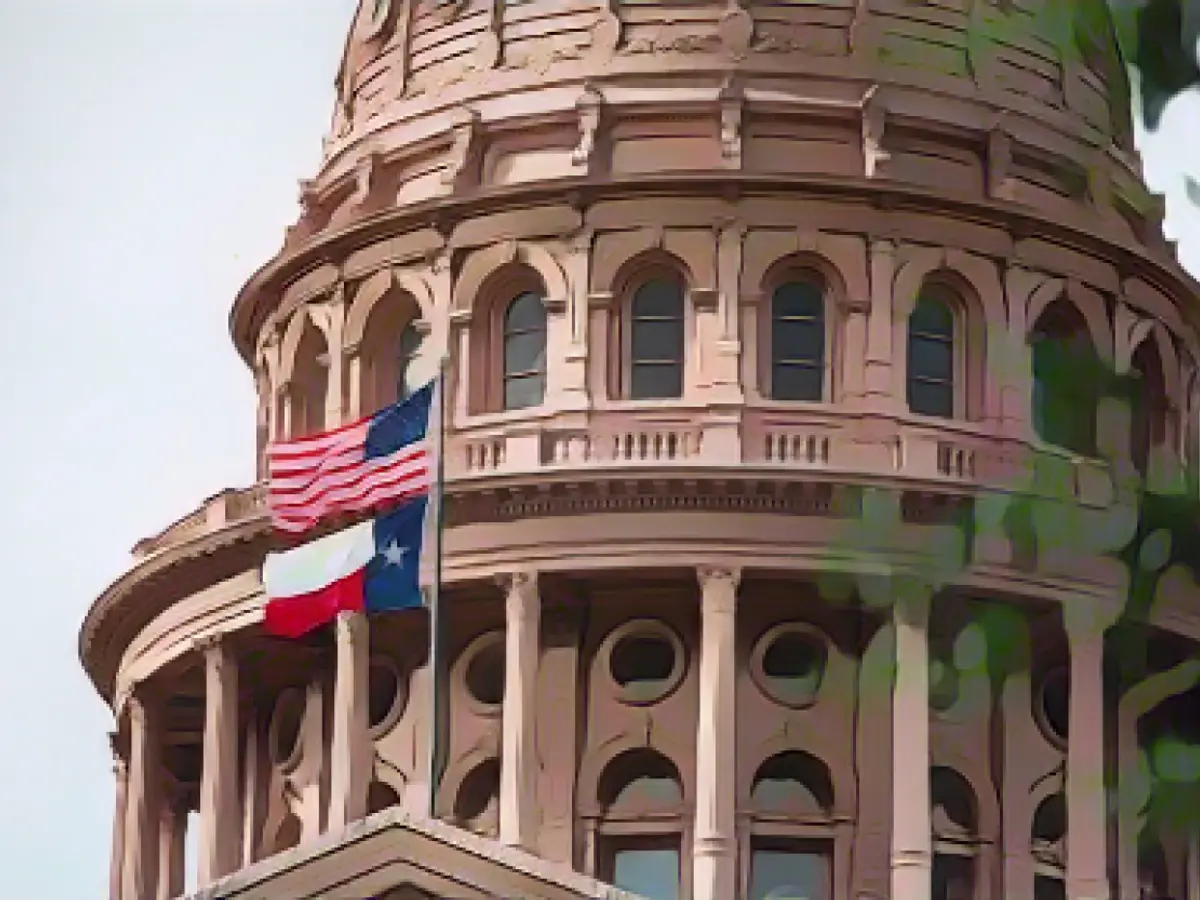If smart Democrats played their cards right, they'd make Texas the new Iowa for their primary elections. Let me break it down.
First, the demographic divide in Texas is ripe for the picking. It's home to the largest black population, the second-largest Hispanic population, and the third-largest Asian population in the United States. And yet, somehow, as of now, Texas remains one of the few largely Republican states in the country.
Think about it: the Democratic Party is constantly asking itself, "What's our strategy for winning over Hispanic voters?" Well, why not try winning them over in Texas, where they make up a large percentage of the population? A win in Texas would show Democrats they can win over some of their most conservative Latino voters and hold onto some of their most reliable Democratic strongholds: black voters.
And Texas is more than just diversity in population. It's diverse in geography, too, with people living in rural, suburban, and urban areas. In fact, Texas is a microcosm of the United States with everything from small rural towns to booming suburbs around major metropolitan areas and one of the country's largest counties, Harris County (home to Houston, one of the most diverse cities in the country).
If the Democrats want to repair their brand in rural America, they've got their work cut out for them – and they'll need to test their message in rural Texas. With over 3 million people living in rural areas, it's a testing ground like no other.
But what about running a campaign in Texas? It's a big state with big budgets. False. Most delegates are assigned based on Senate districts, not Congressional districts, meaning you don't have to spend tons of time and money in major metropolitan areas to attract delegates. And some of the most represented areas aren't exactly big cities – they're smaller towns and markets.
And let's not forget about the 20 media markets in Texas. Big ones like Houston, smaller ones like Victoria. A campaign can save money on Dallas and Houston TV ads by going with cheaper Country Radio stations in Odessa and San Angelo. Or they can focus their efforts in well-represented areas like Tyler, Wichita Falls, and Beaumont.
Looking at the electoral history in Texas, it's clear that demographics play a significant role in determining the outcome of elections. It hasn't often been a decisive factor, but it's an important one that Democrats should consider.
Take Hillary Clinton's 2016 "landslide" victory and Joe Biden's 2020 "decisive" win, both in Texas. It was a close race in 2016, and things looked even sharper in 2020. In both years, the Latino vote was a key factor in determining the outcome of the race. The past elections show that when minority voters turn out, things get interesting.
Let's not forget about the cost of campaigning in Texas. Sure, it's a big state, but it's also a big opportunity with its diverse electorate. By targeting their resources wisely, the Democratic Party could actually save money in the long run. And with the right investments, they could build a strong grassroots organization in Texas that could pay off big in future elections.
In conclusion, if Democrats want to give their campaign a fighting chance in the 2024 primary elections, they should make Texas their first stop. With a diverse population, strong rural constituencies, and many media markets, Texas is a prime target for Democrats looking to energize their voters and win in the heart of the country.







